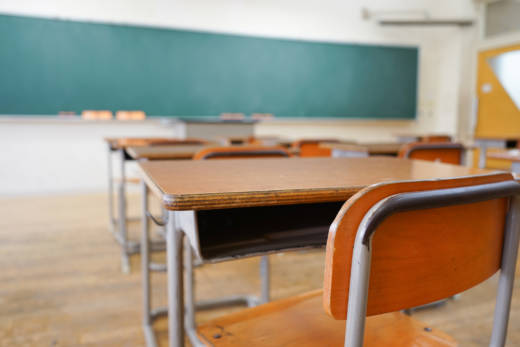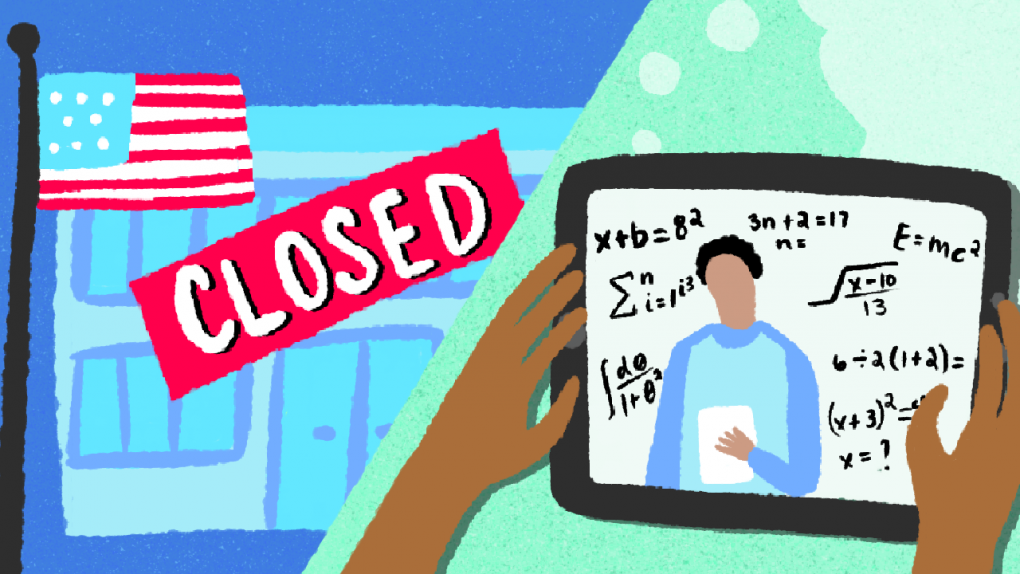Gov. Gavin Newsom’s suggestion on Tuesday that schools could reopen for the next academic year as soon as late July or early August drew mixed reaction from parents, teachers and education officials — raising questions about safety, what classrooms will look like and whether schools have the money to pull it off.
Newsom indicated he would like schools to push to bring students back, if it can be done safely, due to concern about students falling behind and the inequities some are experiencing while learning at home.
The state does not have the power to tell school districts when to reopen, but it can provide guidelines. And district leaders have vastly different thoughts on reopening based on their communities.
Can Schools Reopen Safely?
Educators have floated several ideas for how social distancing might continue in school settings — from staggering school days or start times, to smaller class sizes with desks spaced 6 feet apart.
Newsom spoke of preparing schools physically, which may mean equipping schools for more hand washing during the day, for example.


